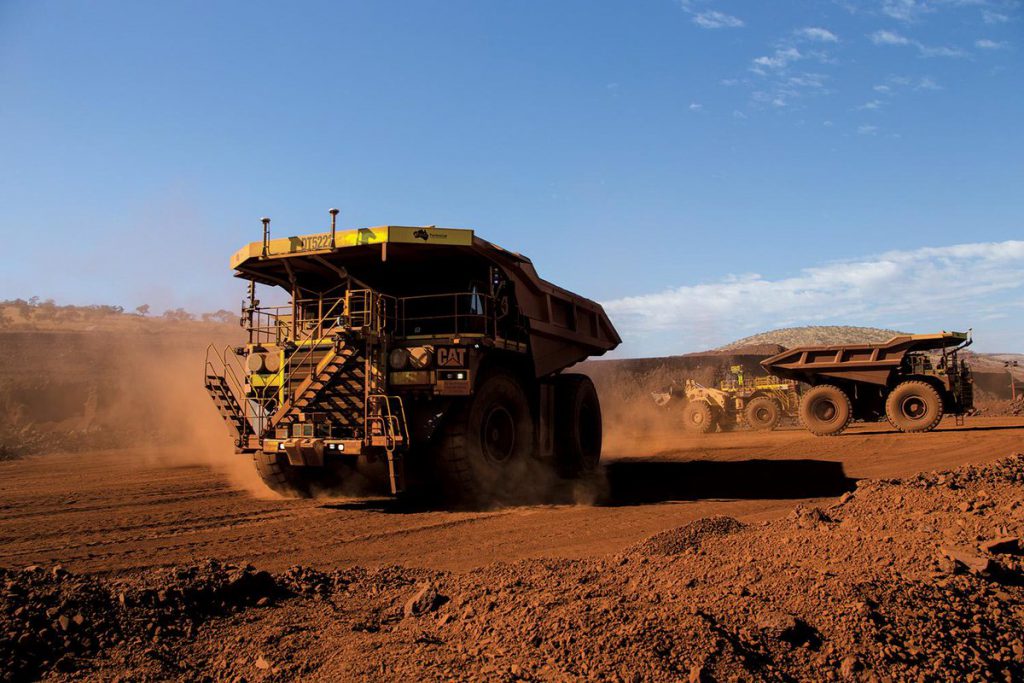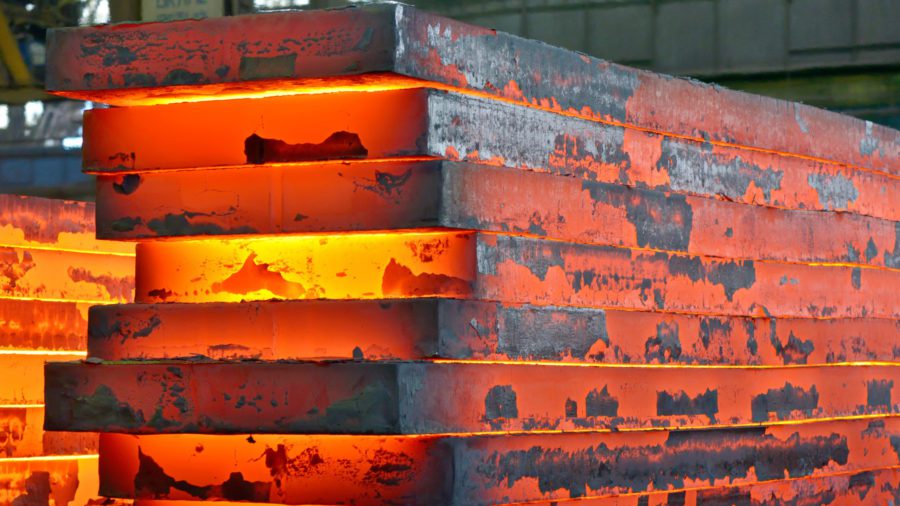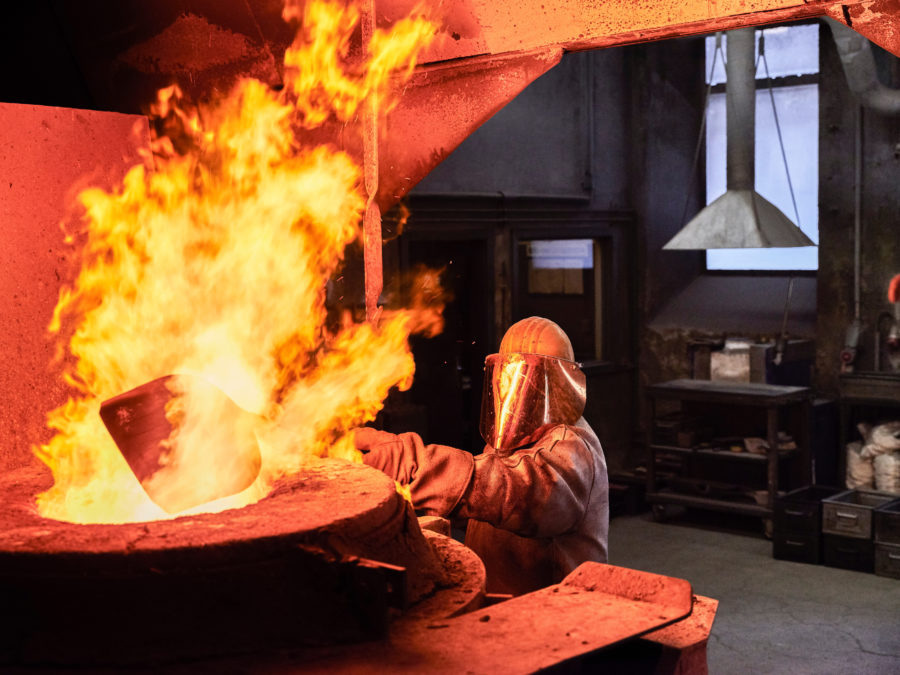Fortescue plans carbon targets for customers in green pivot

Fortescue Metals Group is planning to unveil targets for reducing the carbon footprint of it biggest customers, marking a shift in approach for the world’s no. 4 exporter of iron-ore.
The firm will follow rivals including Rio Tinto Group and BHP Group in setting specific goals to cut so-called scope 3 emissions, which in Fortescue’s case are generated by steel-makers using the company’s iron-ore. Founder and chairman Andrew Forrest was previously not in favor of setting such benchmarks.
“Fortescue resisted setting Scope 3 targets until it had a concrete plan that could really help its customers decarbonise,” Forrest said on the media call following the company’s annual results. More details, including the targets, will be unveiled by September 30.
Global resources companies are under increasing pressure to be more accountable for emissions beyond their own operations, with powerful investors including Norway’s $1.3 trillion sovereign wealth fund threatening to drop firms that don’t meet their environmental standards.
Efforts to reduce scope 3 emissions should focus on developing technology to make climate-friendly steel cheaper, Forrest said. He has previously predicted that the coal-fired blast furnace still dominating the steel industry will be obsolete by 2050, and is investing in projects to supply hydrogen that could help to decarbonize the sector.
Gas powered
The company will set aside 10% of annual profit to invest in hydrogen, ammonia and other green industrial projects backed by renewable power, marshaled by its Fortescue Future Industries division. Forrest’s plan is to supply over 15 million tonnes of hydrogen, produced from renewable power, by 2030.
Rio Tinto said in February it would collaborate with customers to reduce the carbon intensity of steel-making by at least 30% by 2030, and aim for carbon-neutral steel-making by 2050. BHP Group also has targets for reducing scope 3 emissions.
Fortescue has been working with buyers “for some time” on reducing their emissions, Chief Executive Officer Elizabeth Gaines said on the same call. The Perth-based company is targeting net-zero greenhouse gases from its own operations by 2030, well ahead of a 2050 goal set by Rio and BHP.
Fortescue’s scope 3 emissions — the bulk of which come from the steel manufacturing process — were 252 million tonnes of CO2-equivalent in its 2021 fiscal year, according to its latest climate change report. That compares to gross operational emissions — scopes 1 and 2 — of 2.2 million tonnes.
(By James Thornhill)
More News
US tariff blitz bolsters Goldman’s bearish view on iron ore
Goldman expects steel exports will fall by around 15% in 2025.
April 04, 2025 | 09:17 am
Copper price plunges below $10,000 amid escalating global trade war
China retaliated against U.S. tariffs with a 34% levy on American imports.
April 04, 2025 | 08:15 am
{{ commodity.name }}
{{ post.title }}
{{ post.excerpt }}
{{ post.date }}



Comments